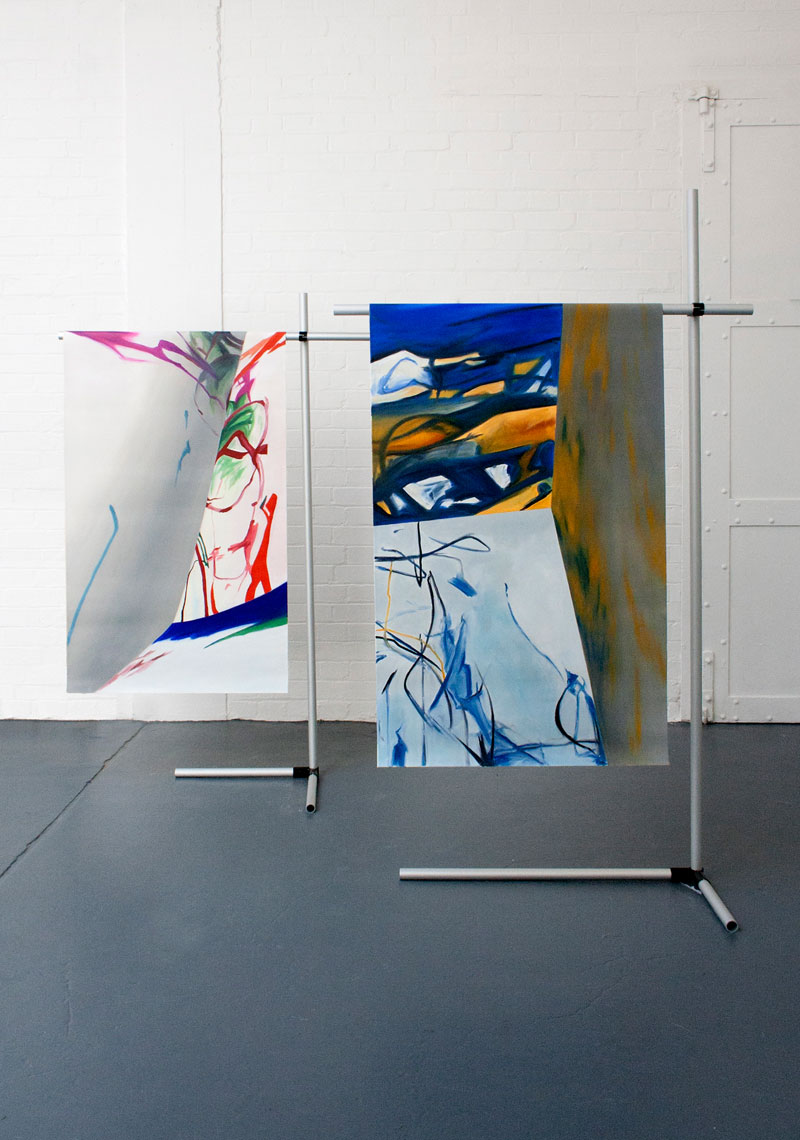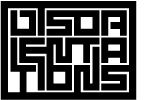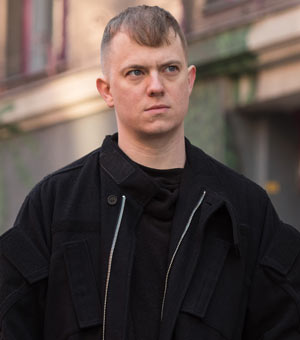Pink Pink Stink Nice Drink
by Travis Jeppesen on May 11, 2014

Koko the Gorilla loves art. Like a lot of great artists, she prefers to communicate in signs, rather than using the banal commonplace language that fills our days like so much static noise. Koko uses her hands to communicate. She can do a lot with them. Make signs. Wield a brush. Koko is a polymath – a gorilla of our times – and whether she is signing or painting, she always uses a language that is uniquely her own. This fits our definition of artist.
Pink Pink Stink Nice Drink is the name of one of Koko’s paintings. In Koko’s language, “stink” means flower and “drink” means water. The painting, then, is a landscape – a colorful, chaotic nature painting, somewhat reminiscent of a Joan Mitchell canvas.
Pink Pink Stink Nice Drink is also the name of Juliette Bonneviot’s show. Being human means you are more highly evolved than a gorilla, which in turn means you can do a lot more things, such as express yourself in a subtler, more refined language or even fuck up the entire world, if you want to. Bonneviot is alive to all of these complexities of humanness, and it is this awareness that she uses as a filter for her art.
As painting – along with virtually every other medium, traditional and non – increasingly moves in a more conceptual-oriented direction, we have come to expect the artist to play the role of philosopher: illustrator of complex ideas. At its worst, this role can devolve into that of the village explainer, producing a sort of cornball didacticism.
Bonneviot is not the type of artist who connects the dots for us. In fact, there’s an irrationalism at work here. With a certain amount of irony, she looks back at the heroic gestures of the Abstract Expressionists and all the heady justificatory discourse surrounding those gestures, hijacking and distilling them both for her own ends. Bonneviot calls this process “misappropriation”: stick a fake De Kooning in a computerized landscape. Fake, because Bonneviot made it herself. Her gesture of someone else’s gesture. Medal of Honor is a computer game set in the desert of Afghanistan; the landscape is Bonneviot’s painted rendering of it; instead of terrorists, two De Koonings have popped up in front of us. Confusion is the inevitable result: Are we supposed to shoot? Is the art the enemy? Or should I run out and try to save it, risk getting caught in the crossfire? If I succeed, will the US government award me with a medal of honor?
It is, after all, only a game – but one that has very serious implications. Kind of like art.
Misappropriation. Whenever I repeat the word to myself, the “mis-” makes me think of “mistake.” Perhaps all art is a glorious accident. But I think it’s no mistake that Bonneviot has misappropriated the works of artists for whom gesture was meant to be the expressway to the soul. The connections are there, embedded deeply within the confrontations between the visual referents. Unwittingly, Abstract Expressionism would go on to be used by the CIA as a cultural weapon, promoting the idea of American cultural supremacy, throughout the Cold War. Yesterday’s “communists” are today’s “terrorists,” and who needs art to spread the word when we can blow up all those bad guys ourselves at home on our laptops?
Over there hangs a Joan Mitchell painting. Only it’s not a Joan Mitchell painting. It’s Juliette Bonneviot’s re-make of a reproduction of a Joan Mitchell painting. That painting has traveled so far and through so many realms – from Mitchell’s studio in Paris to dozens of gallery walls to the lens of a camera to Google Images to Bonneviot’s computer to Bonneviot’s Berlin studio and on to a brand new canvas, where it has been reincarnated. It hangs on a Struc-Tube, the system devised by George Nelson, another hero of American Modernism, with the intent of democratizing exhibition spaces by getting rid of walls and other physical constraints. Only they aren’t Struc-Tubes, really, but Juliette Bonneviot’s re-make of the Struc-Tubes, or rather, Juliette Bonneviot’s re-make of contemporary artist Martin Beck’s re-make of Nelson’s original structures…
Still with me? It’s complicated, I know. All this fakery, all these very intentional mistakes. Who could predict that landscape painting in the 21st century would get so messy? Where it all leads to has yet to be determined; it is up to you, viewer, to copy Bonneviot’s process of gestural referentiality in your mind, to connect the dots and form your own brand new-old picture. It’s a process that Koko would most definitely approve of.
Originally published in 2011 by Circus Gallery, Berlin, on the occasion of a solo exhibition by Juliette Bonneviot.


Leave your comment